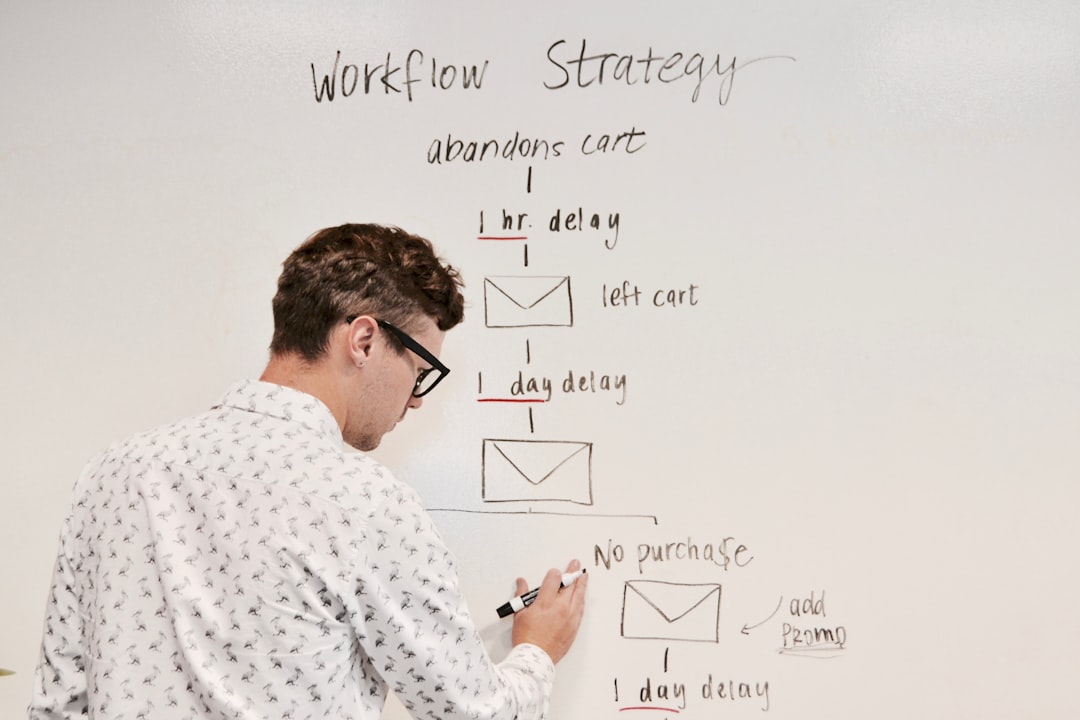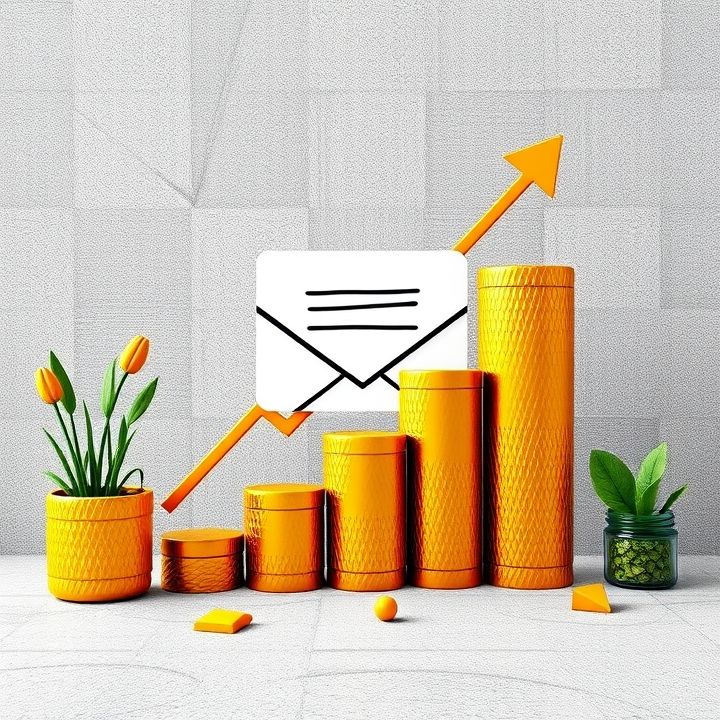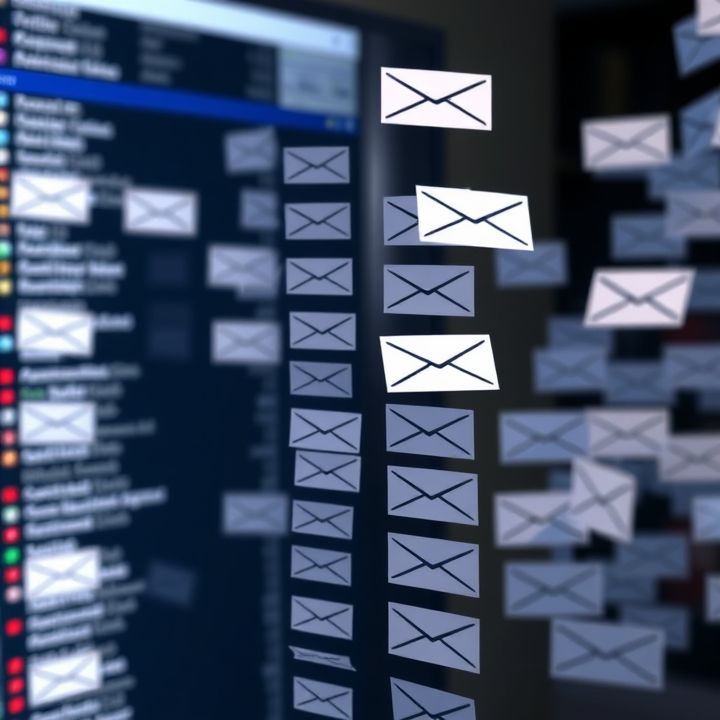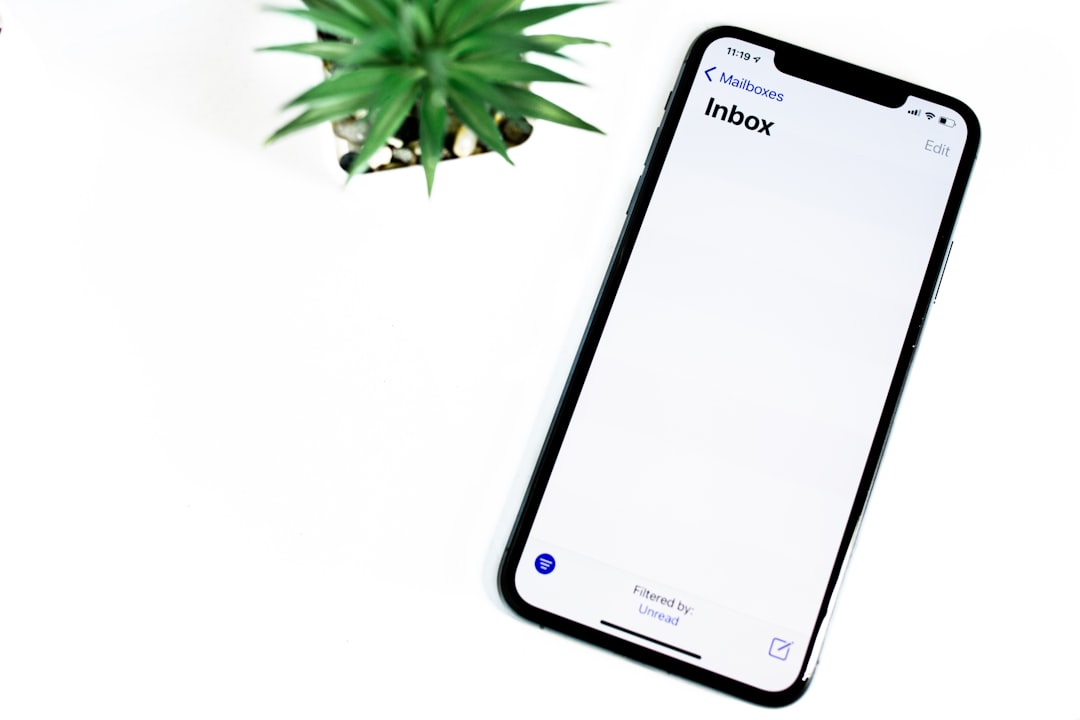Table of Contents
- Introduction
- Understanding the Psychology Behind Urgency and Scarcity in Email Marketing
- Crafting Compelling Subject Lines to Instill Urgency
- Using Time-Limited Offers to Motivate Immediate Action
- Incorporating Countdown Timers to Intensify the Sense of Urgency
- Strategically Highlighting Limited Stock to Enhance Scarcity Perception
- Conclusion
- Frequently Asked Questions
Introduction
Imagine unlocking the secrets to irresistibly compelling emails that not only grab attention but also drive immediate action. Welcome to the world of urgency and scarcity email techniques! These psychological strategies, when applied effectively, can transform your email marketing efforts from lackluster to legendary. But what exactly makes these techniques so powerful, and how can you harness their potential?
In this article, we delve deep into the realm of urgency and scarcity, exploring tested techniques that can elevate your marketing strategy to new heights. From expertly crafted subject lines to ingeniously constructed call-to-actions, these methods will help you capture the attention and trigger the response you’ve been craving.
Here’s a quick look at the core elements to master:
| Technique | Benefit |
|---|---|
| Urgency-Driven Subject Lines | Boost Open Rates |
| Scarcity in Offers | Increase Click-Through Rates |
| Time-Limited Promotions | Drive Immediate Action |
As you venture through this article, you’ll discover how to seamlessly integrate these techniques into your campaigns, ensuring that every email you send is not only read but also acted upon—and all with an element of finesse that keeps your audience engaged and wanting more.
Understanding the Psychology Behind Urgency and Scarcity in Email Marketing
Email marketing is a powerful tool for engaging customers and driving conversions. One of the key strategies employed in effective email campaigns is leveraging the psychology behind urgency and scarcity. These techniques tap into basic human emotions and behavioral triggers.
Urgency creates a sense of immediate need, motivating recipients to take action quickly. This can be effectively communicated through time-sensitive offers, countdown timers, or last-chance reminders that help convey the pressing nature of the opportunity.
Similarly, scarcity plays on the fear of missing out or FOMO. By highlighting limited availability—such as exclusive deals, low stock levels, or one-of-a-kind products—marketers can create a perception of rarity and value that encourages consumers to act before it’s too late.
Both urgency and scarcity can lead to a heightened emotional response, making recipients more likely to prioritize the email and its content. When used ethically and strategically, these techniques can significantly boost the effectiveness of email marketing campaigns, leading to increased click-through rates and, ultimately, higher conversion rates.
Crafting Compelling Subject Lines to Instill Urgency
Creating compelling subject lines is crucial for instilling urgency and prompting your audience to take immediate action. An effective subject line grabs attention and conveys a sense of time sensitivity. By incorporating phrases like ‘limited time offer’ or ‘ending soon,’ you can trigger a fear of missing out, encouraging recipients to open the email promptly. Incorporating numbers and specific deadlines, such as ‘Only 3 days left,’ conveys a clear time frame and heightens the sense of urgency. Additionally, questions can intrigue your reader’s curiosity and emphasize the need for immediate engagement, such as ‘Will you miss out on these savings?’
Personalization can also enhance urgency by making the recipient feel directly addressed, leading to higher engagement. Subject lines like ‘Don’t miss out, [Name]!’ can create a personal touch. However, it’s important to balance urgency with clarity to avoid being perceived as spammy. Subject lines should be concise, relevant, and true to the content of the email. A well-crafted subject line does not only boost open rates but also sets the stage for the email’s message, ensuring that recipients recognize the importance of acting swiftly.
Using Time-Limited Offers to Motivate Immediate Action
Leveraging time-limited offers in your emails can be a powerful way to drive immediate action. By creating a sense of urgency, you encourage recipients to prioritize your offer over other commitments. A time-limited offer might include a special discount, a bonus item, or exclusive access, available only for a short period. This urgency compels the recipient to act quickly, reducing the time they have to second-guess or procrastinate.
When constructing your email, ensure that the time constraint is clearly communicated. Use attention-grabbing headlines such as “24-Hour Flash Sale!” or “Offer Ends Tonight!” to make the deadline prominent. In addition, consider incorporating countdown timers within the email to provide a visual representation of the time remaining. This tactic can significantly enhance the urgency factor.
It’s crucial to deliver on your promises once an offer has expired. This consistency builds trust and maintains the integrity of your campaigns. People are more likely to respond to future offers, knowing the deadlines are real. Effectively using time-limited offers not only boosts sales in the short term but also strengthens your brand’s reputation for delivering on its promises.
Incorporating Countdown Timers to Intensify the Sense of Urgency
Incorporating countdown timers in your emails can significantly enhance the sense of urgency, prompting immediate action from your audience. These digital timers function within the content of your emails, visually representing the limited time your readers have to take advantage of an offer. When recipients see the seconds ticking down, it creates a psychological impact, urging them to act swiftly before the opportunity expires. This technique is especially effective for time-sensitive promotions, such as flash sales or registration deadlines for events.
The key to successful implementation of countdown timers lies in their visibility and relevance. Position the timer prominently within your email layout to ensure that it’s one of the first elements your audience notices. Moreover, the offer associated with the countdown must be compelling enough to drive action. Combine the timer with persuasive copy that emphasizes the urgency by highlighting what’s at stake if the reader delays. This could mean missing out on a discount, losing a spot in an exclusive event, or missing a chance to gain access to a limited-time benefit.
Overall, countdown timers serve as a dynamic tool to effectively increase the urgency in your email marketing strategy, motivating your audience to take desired actions promptly.
Strategically Highlighting Limited Stock to Enhance Scarcity Perception
Strategically highlighting limited stock in your emails is a powerful way to enhance the perception of scarcity, urging customers to act swiftly. When a product’s availability is presented as low, it creates a psychological trigger, prompting a sense of urgency due to the fear of missing out on a valuable opportunity. To effectively leverage this technique, straightforward yet compelling language is essential. Phrases such as “Only a few left in stock” or “Limited quantities available” clearly communicate scarcity, while also enhancing product exclusivity.
Furthermore, integrating visual elements like countdown timers or dynamic stock counters can amplify urgency and draw immediate attention. This tactic not only emphasizes the limited availability but also creates an engaging user experience, potentially boosting click-through rates and conversions. It’s vital, however, to maintain transparency and credibility. Overstating scarcity can lead to customer distrust and damage brand reputation. Therefore, use the scarcity principle authentically and sparingly, ensuring that messages are consistent with actual stock levels.
By incorporating these strategic elements thoughtfully, businesses can cultivate an effective scarcity mentality, encouraging prompt decision-making and enhancing overall email marketing performance.
Conclusion
To conclude, leveraging urgency and scarcity in email marketing can significantly enhance conversion rates and customer engagement. By understanding the psychological drivers behind these concepts, marketers can create compelling content that prompts immediate action. Crafting subject lines that stir a sense of urgency, employing countdown timers, and highlighting limited stock are all effective strategies. These techniques, when used ethically and transparently, not only capture attention but also foster trust and loyalty among customers. Additionally, the thoughtful application of time-limited offers keeps audiences engaged and opens pathways for higher sales and brand recognition. As marketers continue to navigate the evolving digital landscape, these proven strategies provide a strategic advantage in creating impactful email campaigns that deliver results.


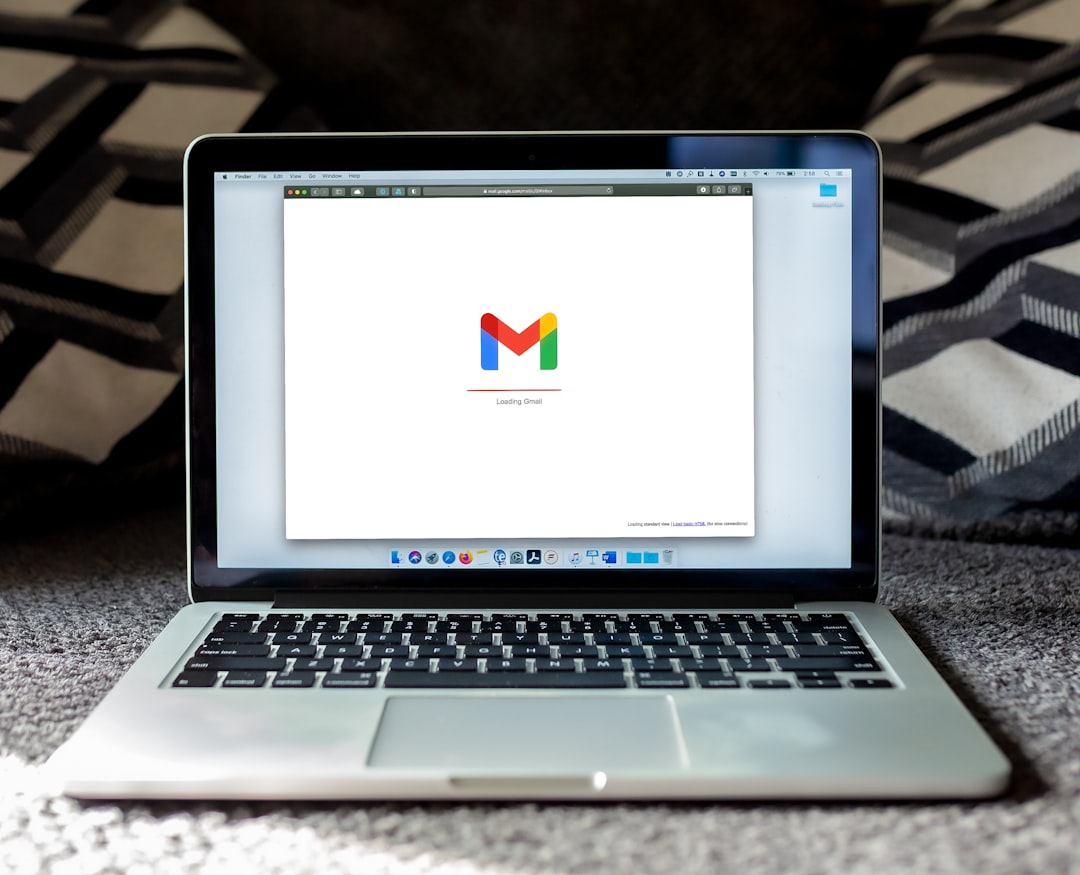


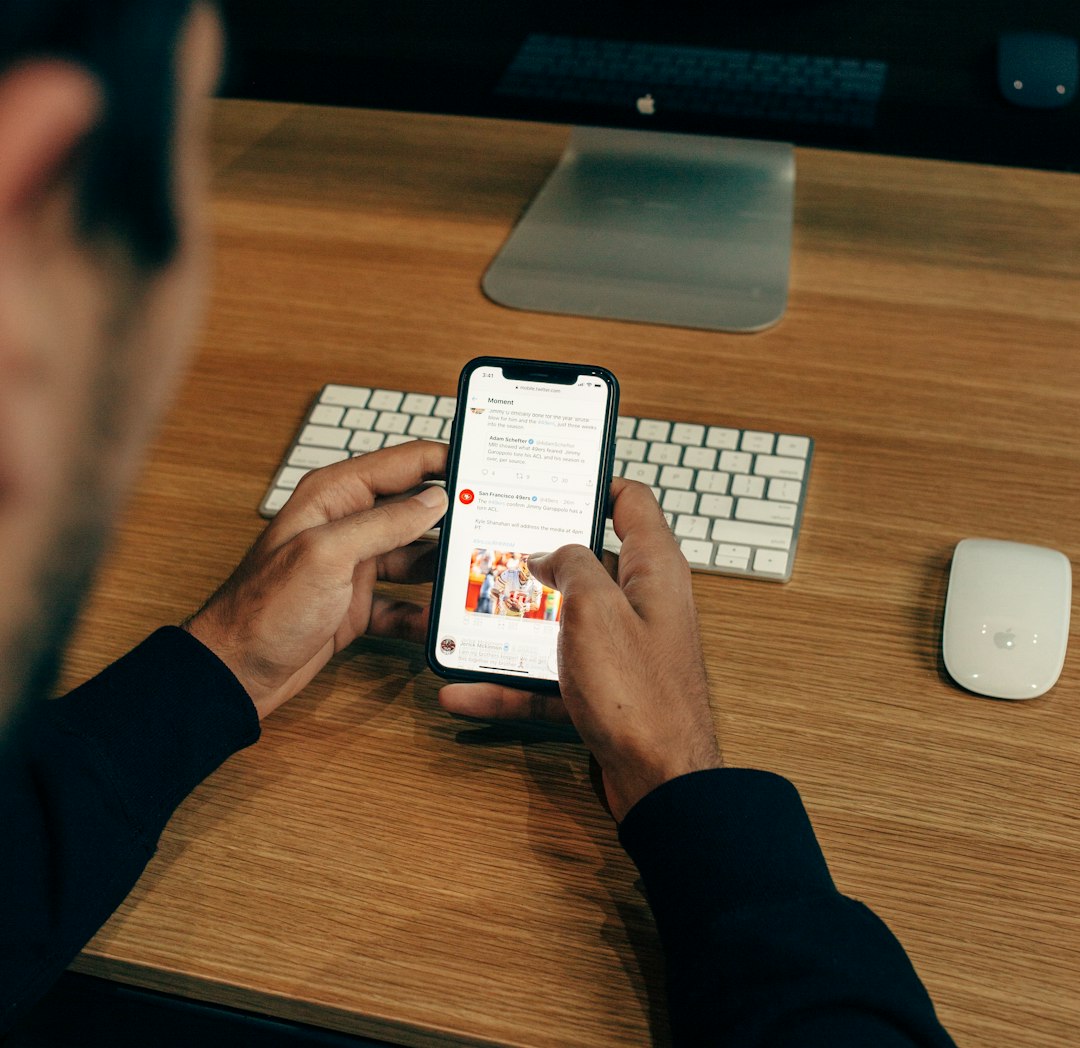


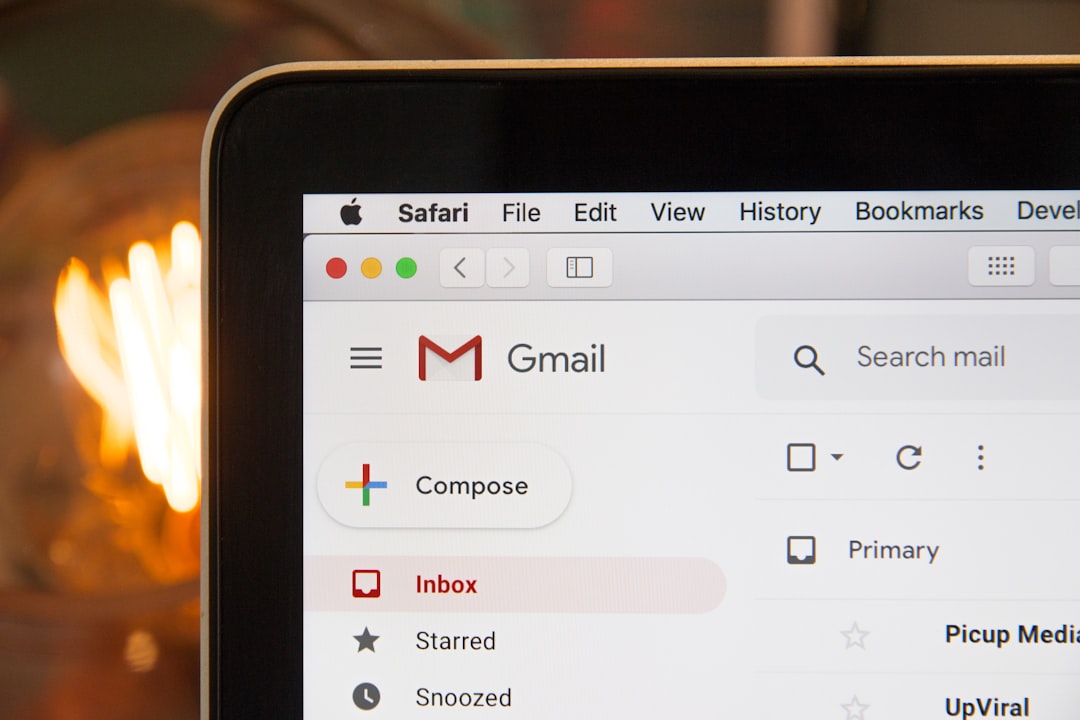
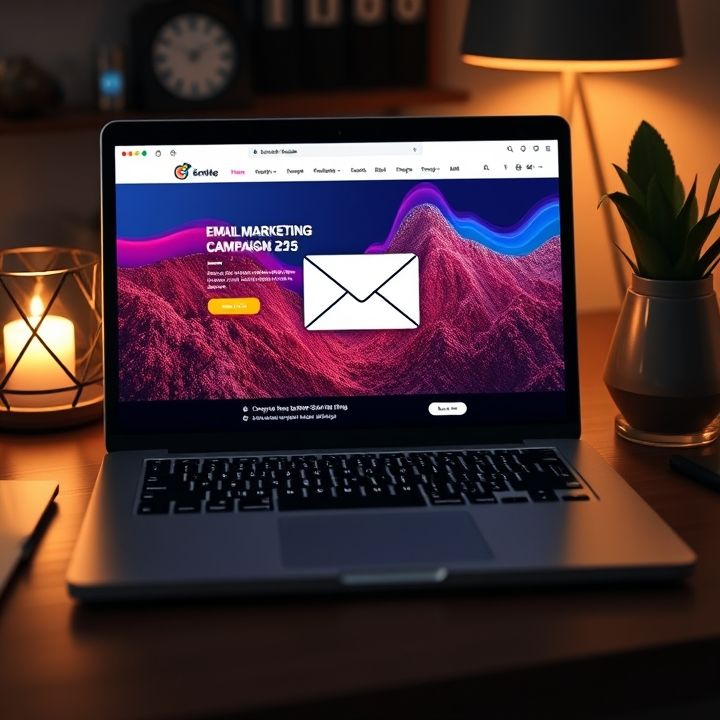 Dive into the world of email marketing with guidance on proven strategies to nurture relationships that last.
Dive into the world of email marketing with guidance on proven strategies to nurture relationships that last.